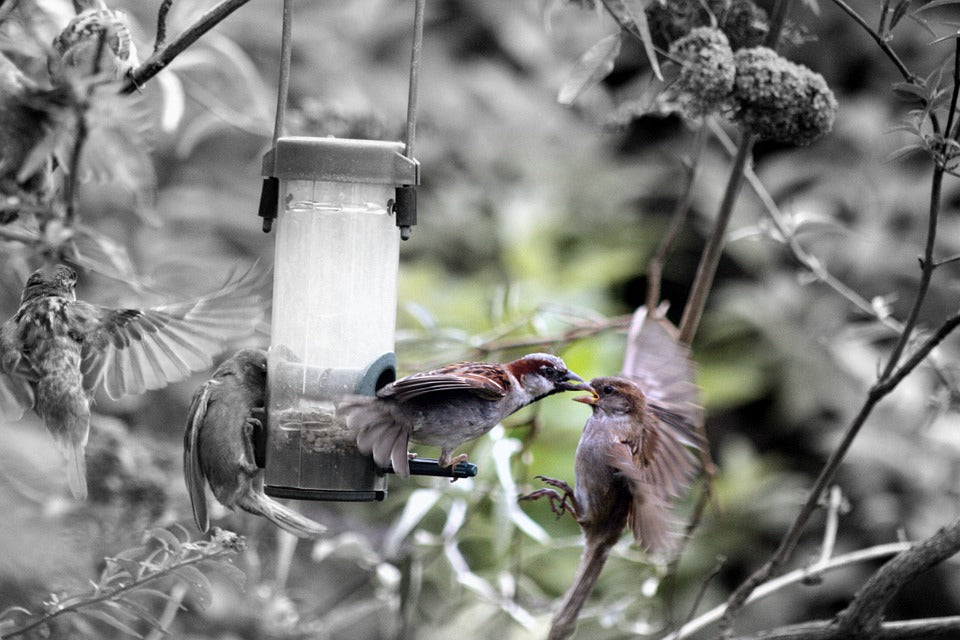Offer
Provide additional details about the offer you're running.
Provide additional details about the offer you're running.
Provide additional details about the offer you're running.

As with any other species on our beautiful planet earth, birds look for sufficient food, water, and shelter in choosing a territory in which they will call home and where they will mate and eventually raise their young. As expected, once such a hallowed ground is found, most birds become quite territorial and protective over their newfound stomping grounds.
As a backyard birder, this type of behavior is very indicative as to whether or not your backyard offers your birds everything they need, and ensuring they stick around for many seasons of extended viewing. This information can also help you further identify locations in the field that might meet the needs of a particular species you may be trying to get your eyes on.
Size of Territory
The size of a birds chosen territory obviously will range greatly depending on the different species. The size of a territory also greatly depends on the amount and condition of available food and water sources, as from year to year these offerings can change, and will, in turn, affect the choices of many birds, and how much area they decide is worthy of claiming.
Claiming Territory
The spring is the time of the year in which most migratory birds begin to explore and claim sought-after real estate. They use a variety of methods to stake their claim and let other birds know they should keep looking elsewhere for their future home.
Many birds will start by using songs to claim their territory and attract a mate. Typically, birds will perch close to the edge of their proposed territory and sing their hearts out, as their songs can travel quite a ways, they effectively use this to ward off any competing birds.
In addition to singing their spring songs, birds will go right ahead and begin setting up shop and building their nests. Male birds will begin building multiple nests across various sites across their territory, allowing for the females to visit each one, and choose a suitable one.
Many species of birds use a variety of physical and audible displays to ward off any unwanted visitors to their territorial sites. Larger bird species like woodpeckers and grouse, for example, use drumming as both an attractant to potential mates, and also as a warning to other birds in the area. Most other species will use physical displays such as strutting, puffing up colored plumage, tail flicking and wing spreading to assert their dominance over other local birds.
Most bird species will use a combination of all of the above, and will painstakingly defend and claim their proposed territories at will, with some species of birds even being known to physically chase out other birds, further asserting their dominance and territorial rights.
High Quality Blend